
Think “user” and “customer” are the same thing? Think again. Confusing the two could be the silent killer of your product—and your profits. Here’s why designing for the wrong journey could cost you everything. https://webdesignernews.com/user-journeys-vs-customer-journeys/
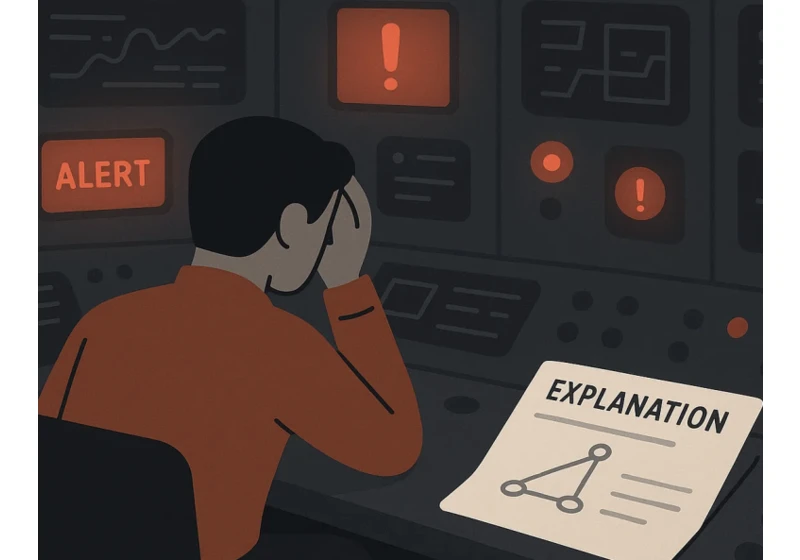
A recent study reveals why well-designed AI explanations often go unused and what it means for UX practice https://webdesignernews.com/why-users-ignore-ai-explanations/
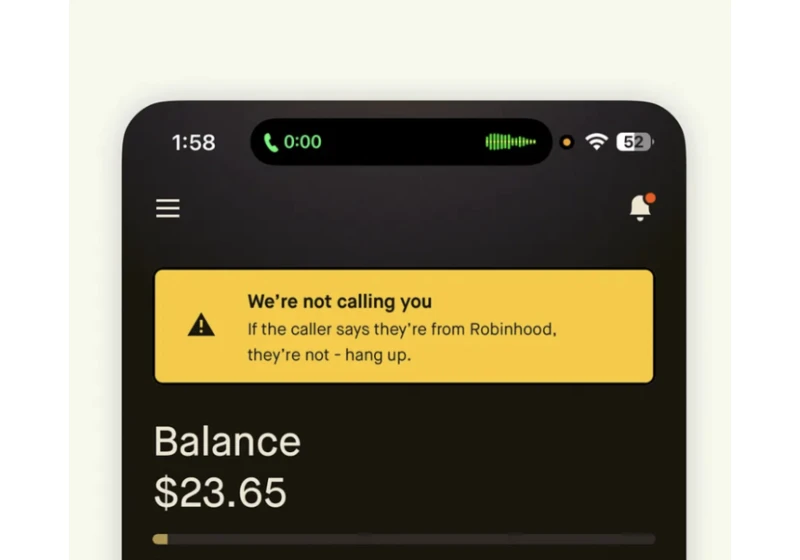
A few days ago, I opened my finance app to check my card details. Nothing unusual about that. Except this time, I was already on a call. https://webdesignernews.com/a-simple-perfectly-timed-design-decision/
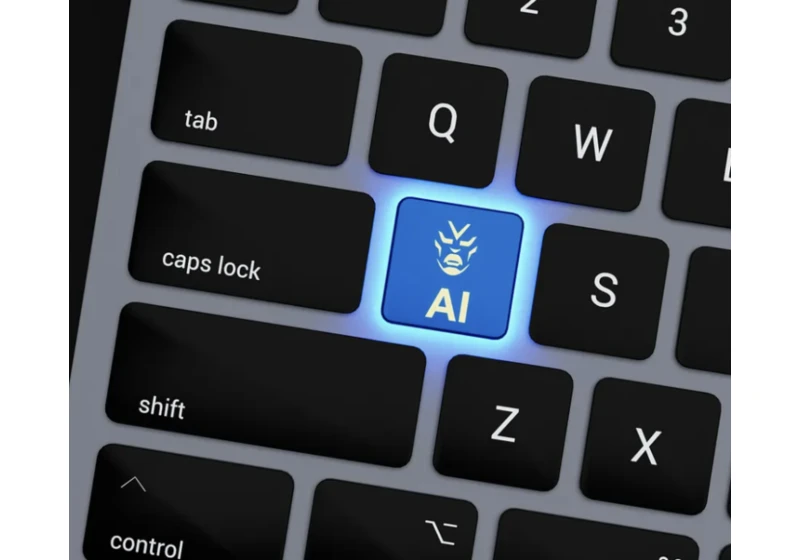
If you’ve ever opened a B2B app and felt like you were fighting a maze of menus, tabs, and dashboards — you’re not alone. Traditional navigation was once the backbone of digital products. But today, it feels less like guidance and more like a tax. Every click, every search, every hover-over is a micro-burden that slows people down. https://webdesignernews.com/navigation-less-designs-by-2030/

Hope you’re having a good week so far. This edition I loved the deep dive into the State of CSS 2025 results, with :has() rightly in the spotlight. https://webdesignernews.com/state-of-css-2025-2/
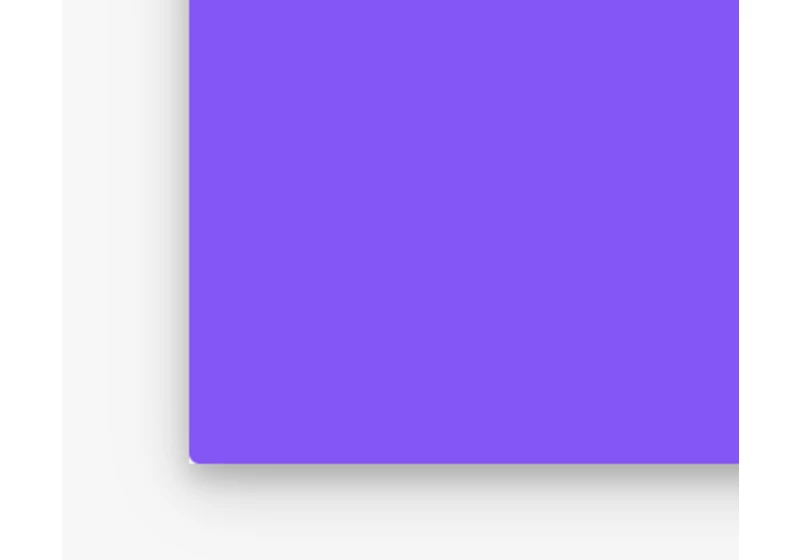
Flexbox is a one-dimensional layout tool, used for arranging elements in a single row or column. It is best suited for simple, one-dimensional layouts and smaller-scale projects. https://webdesignernews.com/what-is-the-difference-between-css-grid-and-flexbox-2/
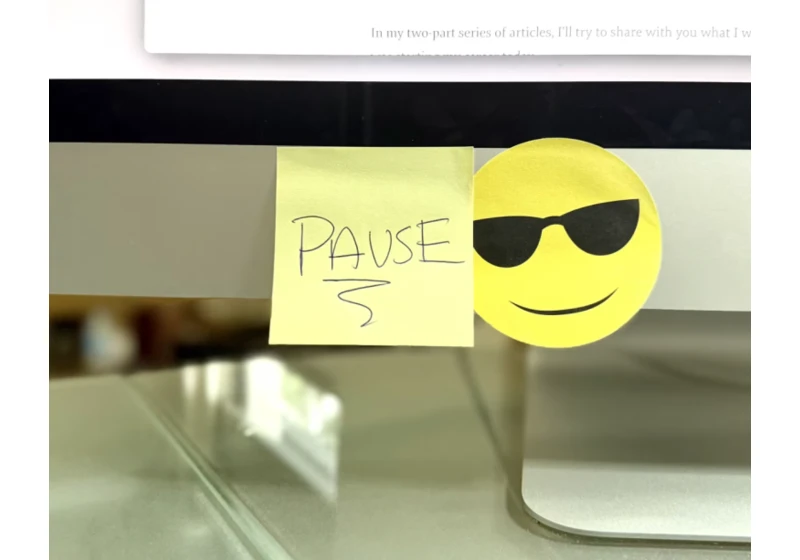
Your past shapes who you are as a designer, no matter where your career began or how unexpected your career path may have been. Stephanie Campbell shows how those lessons can sharpen your instincts, strengthen collaboration, and help you become a better designer today. Learn how the skills you have learned in your previous jobs can be put to work today in meetings, design reviews, and complicated mid-project pivots. https://webdesignernews.com/from-line-to-layout-how-past-experiences-shape-your-
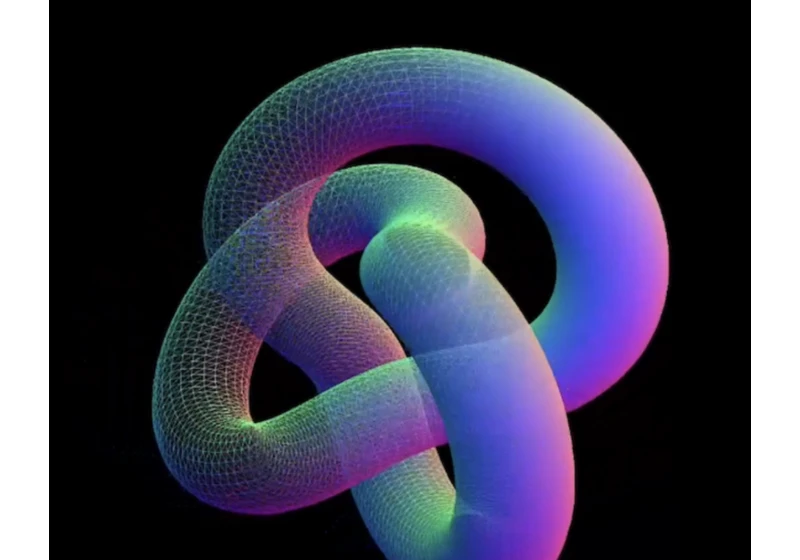
A step-by-step breakdown of a wireframe and solid blend effect using Three.js render targets, along with a quick look at managing the WebGL lifecycle in Solid.js. https://webdesignernews.com/building-a-blended-material-shader-in-webgl-with-solid-js/

When you’re working in Adobe After Effects, the right template isn’t just a shortcut — it’s your creative fast-track. Whether you need an attention-grabbing intro, a slick logo reveal, or a polished slideshow, this curated list of 49 free After Effect templates covers it all. Every item comes with keyword-rich alt text, a detailed description, and a practical mini tip so you can use it like a pro. https://webdesignernews.com/free-after-effect-templates-49-stunning-intros-logo-reveals-titles-more